When a vehicle starts to exhibit signs of transmission slippage or other related issues, one potential culprit can be a faulty torque converter.
Torque converters are vital for an automatic transmission’s ability to transmit the engine’s power to the drivetrain.
When they fail, drivers may notice the engine revving higher than usual during acceleration without a corresponding increase in speed, suggesting the transmission is slipping. Addressing this problem promptly can prevent further damage to the transmission system, which tends to be far more expensive to repair.
The cost to replace a torque converter can range from $600 to $1,000 for labor, and the part itself can cost between $150 to $350. So, the total estimated cost for parts and labor can be between $750 to $1,350 (Transmission Repair Cost Guide).

The cost of replacing a torque converter can vary depending on the make and model of the vehicle and the pricing at different repair facilities.
Those with mechanical expertise who can perform the replacement themselves might only have to cover the cost of the parts, which can range from $150 to $400.
However, while this may save money upfront, it’s essential to consider the value of a professional’s expertise, which can ensure the job is done correctly.
What Factors Influence the Cost of Replacing a Car’s Torque Converter?
Several factors can impact the replacing car’s torque converter cost. The type of car, the make and model, and the severity of the issue all play a role in determining the overall cost. Additionally, labor costs and the quality of the replacement part can also influence the final price.
Understanding the Torque Converter and Its Function
When diving into the world of automatic transmissions, the torque converter is a pivotal component, acting as the bridge between the engine and transmission. Let’s take a closer look at what this part is, common issues it might face, and how you can tell something’s going wrong.
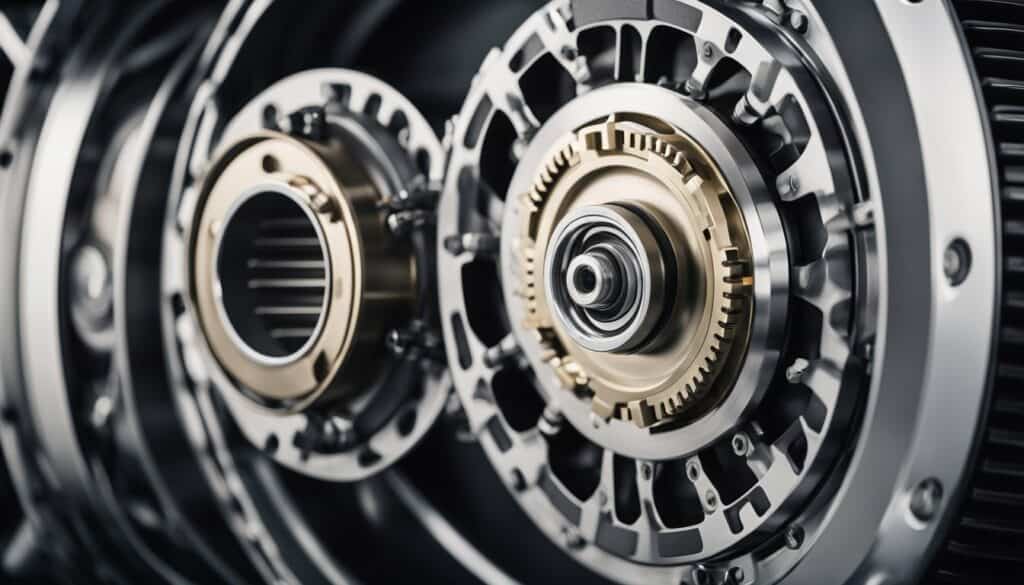
Basics of Torque Converters
A torque converter is essentially a type of fluid coupling, which allows the engine to spin somewhat independently of the transmission.
They are a key element in automatic transmission systems, replacing the clutch found in manual transmissions. Its main parts include the pump, turbine, and stator. The converter transfers power from the engine to the transmission’s input shaft.
This happens through the transmission fluid, which transmits torque and causes the vehicle to move.
Common Torque Converter Issues
Torque converters can encounter several problems that can affect a vehicle’s performance. Some common issues include slipping, which occurs when there’s a lag in power transfer from the engine to the transmission, resulting in a rise in RPMs without an increase in speed.
Another issue is a damaged stator, which can lead to inefficient fluid flow and reduced torque multiplication. Lockup clutch problems may also arise, potentially causing shuddering or overheating.
Symptoms of a Faulty Torque Converter
There are tell-tale signs that a vehicle’s torque converter might be failing. For instance, one might notice the engine stall when coming to a stop, indicating that the torque converter is not disengaging correctly.
Shuddering sensations during driving, irregular rpm fluctuations, or even a noticeable delay in vehicle acceleration, despite the engine sounding busy, could all highlight a faulty torque converter.
The car might also experience transmission slipping, evinced by an increase in engine rpm without an increase in speed, which points to a loss in the fluid coupling efficiency.
The Cost of Torque Converter Replacement
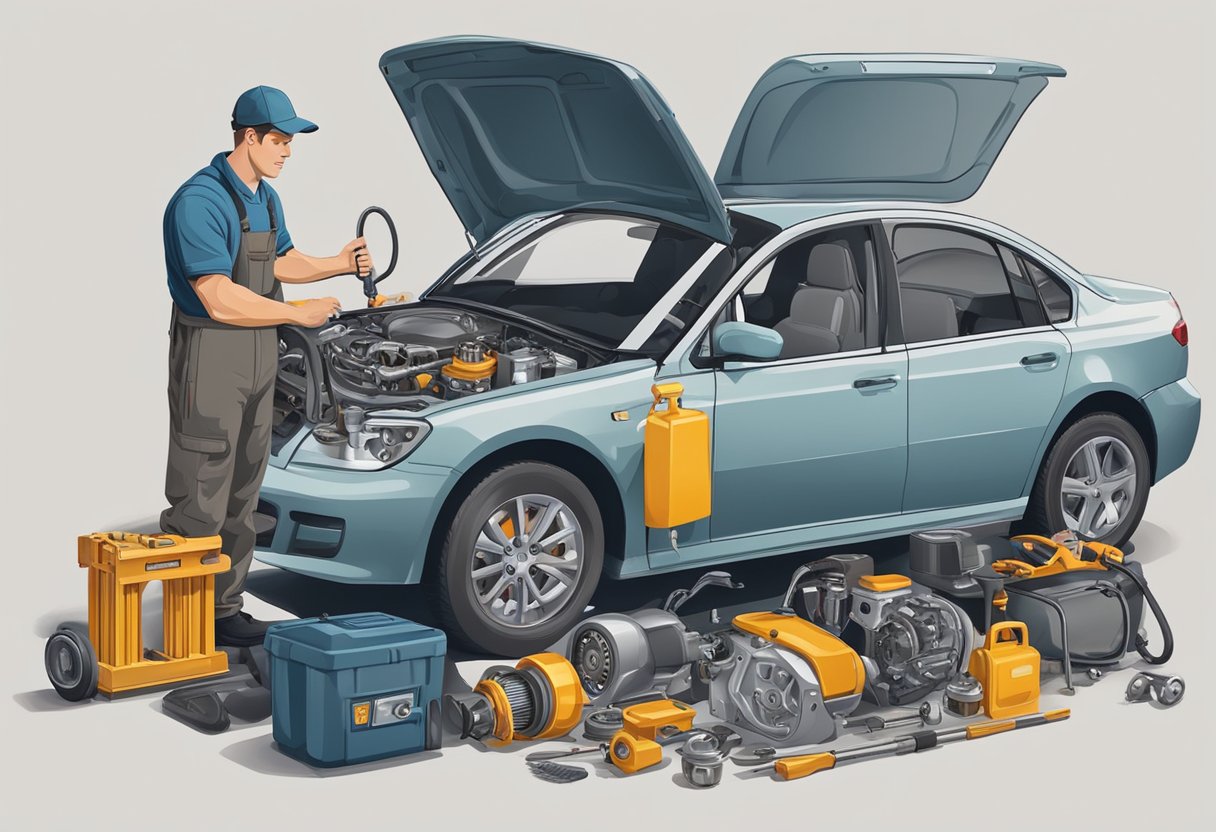
Replacing a torque converter is a significant repair that can vary in cost based on several factors. It’s generally not a simple fix and involves both parts and substantial labor charges.
Factors Influencing Replacement Costs
The total torque converter replacement cost can be affected by the vehicle make and model, as certain cars require more expensive parts or more labor-intensive work.
Additionally, the choice between an OEM (Original Equipment Manufacturer) or aftermarket parts can impact the cost, as OEM parts are typically more expensive.
Two key components contribute to the cost of replacing your torque converter: labor and materials.
The part itself can range from $150 to $400, depending on whether one opts for an aftermarket or OEM part. Labor costs, however, can add a substantial amount, typically ranging from $400 to $700.
This is because the replacement job often requires the removal and reinstallation of the transmission, which is a labor-intensive process.
Replacement Process and Time Estimates
The process of replacment involves draining the transmission fluid, removing the transmission, and then replacing the torque converter.
This job is not quick; a mechanic might take anywhere from 5 to 10 hours to complete the task, as it requires precision and care to avoid damage to the transmission.
Additionally, a diagnostic could be performed to confirm the symptoms of a failing torque converter, like shuddering or slipping gears, indicating the need for replacement.
As an Amazon Associate we earn from qualifying purchases.



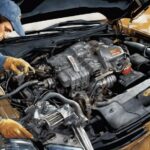



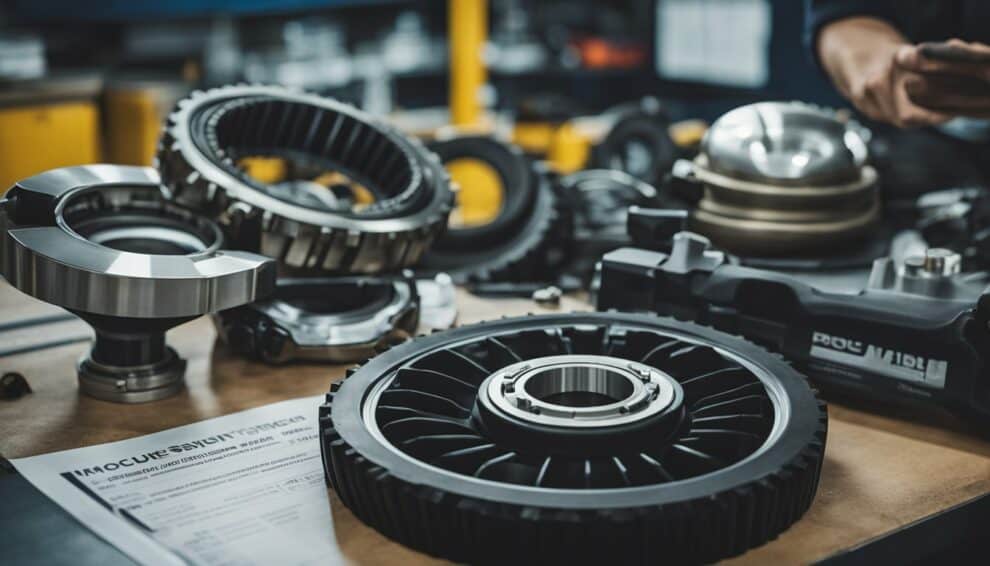
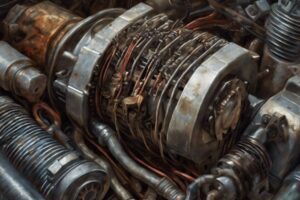

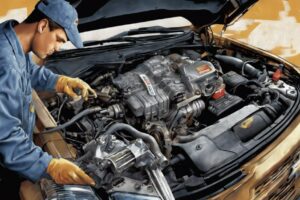
Can diagnosing the issue purely be done through observing symptoms, or would a computer need to plug into the car for a more accurate diagnosis?